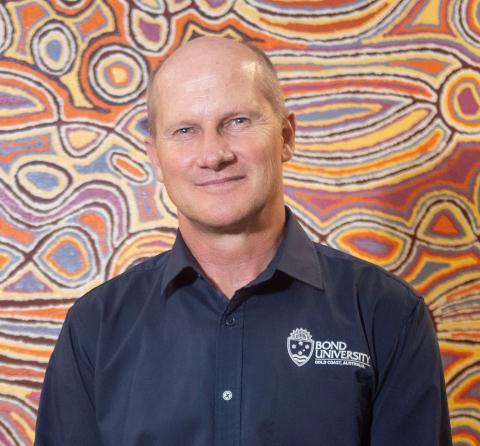
Pandemic lockdowns spawned a new wave of surfers – older, richer and female.
By one estimate, nearly 200,000 people have taken up the sport in Australia since the start of Covid-19, 118,000 of them women and 78,000 men.
Shut out of gyms and team sports, fitness fans soon found themselves a safe, socially-distanced way to enjoy the great outdoors.
Bond University researcher Dr Craig Sims says the surf industry needs to get on board with targeted products and services for this burgeoning and big-spending new market.
“This influx of surfers who are new to the sport skew the average proficiency level of the surfing population and this opens up opportunities for goods and services that target novice and intermediate surfers,” said Dr Sims.
“Evidence of this is already playing out in wave parks, for example. Most wave parks have the capacity to create technically challenging waves, yet they tend only to offer these settings in the very early and late part of their operating hours, and the bulk of their day is dedicated to novice and intermediate settings.
“There’s also potential for surf tourism operators to tap into a whole new breed of customer by accommodating travel demand from unskilled surfers who don’t have the proficiency to handle the hollow and shallow reef breaks typically associated with remote or exotic surf locations.”
Dr Sims said there was also likely to be increased demand for specialised equipment and education products targeting learner and novice surfers.
“These might be things like softboards, specifically targeted instructional videos, or even blogs, apps and books dedicated to these new demographics,” he said.
“Anecdotally we’re hearing from the industry there has been dramatic and unexpected growth in demand for equipment like boards, accessories and wetsuits, so the opportunity is there.
“I can also see the expansion of learn-to-surf coaching into novice-to intermediate and intermediate-to proficient.
“Currently most people get coaching and lessons when they first start out, and then find their way once they’ve mastered the basics, but this shift could allow for a much greater breadth.”
Peak participation rates for the sport are among men aged 45-54 and women aged 34-44 – groups likely to have more disposable income.
Combined with the preference for surf travel content displayed by older surfers in a recent study by Dr Sims, the business opportunities for travel activities targeted at older and/or female surfers could be significant.